Key Takeaways:
- Super USDT seeks to address the fragmented liquidity of bridged USDT on the OP Superchain.
- Building on Chainlink and Hyperlane, Super USDT will provide nearly-free cross-chain transfers within the Superchain.
- Super USDT will be compatible with future native Superchain interoperability standards.
The world of stablecoins is about to witness a major shift with the launch of Super USDT on the OP Superchain. This new interoperability and liquidity, made possible by a collaboration between four of the top DeFi protocols — Celo, Chainlink, Hyperlane, and Velodrome — marks an important milestone for Tether’s USDT (USDt) — the market’s leading stablecoin — on the blockchain. This groundbreaking solution aims to remove these barriers and usher in a new age of seamless asset transfer and dApp compatibility.
The Weakest Link in Bridged Assets: A Disjointed Ecosystem
USDT is also available on a variety of blockchains, although the vast majority rely on “bridged” versions of it in order to gain access to the stablecoin in their ecosystems. To grasp this idea, think of having to swap out your local currency each time you pass a border. Every exchange involves fees, delays, and the risk of slippage. This is similar to the situation with bridged USDT today. While bridging provides a utility, it brings on a range of important problems:
- Fragmentation of Liquidity: Rather than a single, deep pool of USDT liquidity, the ecosystem is fragmented into multiple isolated pools across distinct chains. This minimizes capital efficiency and extends the risk for price slippage on trades.
- Interoperability Issues: Bridged assets might not be compatible with future upgrades or standards across the wider blockchain ecosystem. Without forward compatibility these solutions could become obsolete or force expensive and disruptive migrations.
- Security risks: Bridges, usually, include smart contracts and multi-signature wallets, which can sometimes cause an attack vector for malicious actors. The infamous Ronin Bridge hack, which caused the loss of more than $600 million, is a powerful reminder of the risks that are native to bridge technology.
Super USDT addresses these shortcomings by leveraging native interoperability, reducing reliance on traditional bridges, which can be complex and vulnerable. As expressed by Celo co-founder Rene Reinsberg, the current fragmented situation is “at odds with Optimism’s vision for a unified, interoperable collective that benefits from shared liquidity.”
Super USDT Technology | A Brief Introduction
The cross-chain capability of Super USDT is realized via the complementary utilization of both Chainlink’s Cross-Chain Interoperability Protocol (CCIP) and Hyperlane, a permissionless and open-source interoperability framework. These serve as a strong communication layer for securely transferring USDT across chains in the OP Superchain.
Chainlink CCIP: The Gold Standard in Secure Messaging: It acts as a trust-minimized transfer protocol that establishes a secure link between the messaging layer and each blockchain, ensuring reliable cross-chain transactions. It uses Chainlink’s decentralized oracle network, which has a demonstrated history of securing billions of dollars of value on multiple DeFi protocols. And Chainlink’s tech is like an incredibly reliable mailman for your blockchain, delivering messages (and value, if you like) without getting lost in the mail or changing hands. Johann Eid, Chief Business Officer at Chainlink Labs, reinforced this point, referring to “Chainlink Data Feeds have been used over the past half-decade to enable secure lending markets for USDT, including currently securing $3.7 billion in USDT deposits and $2.2 billion in borrows in Aave v3’s Core Ethereum deployment alone.“
Hyperlane: The Open and Flexible Interoperability Layer: Hyperlane takes a different approach toward cross-chain communication by emphasizing openness and flexibility. Enabling developers to seamlessly add cross-chain functionality to their dapps without getting locked into centralized intermediaries or proprietary tech. Additionally Hyperlane is permissionless, and thus engenders innovation and a more decentralized, collaborative model of interoperability.
Chainlink CCIP and Hyperlane together make up a redundant and resilient infrastructure for Super USDT, enabling secure, dependable, and efficient cross-chain transfers within the OP Superchain ecosystem.
OP Superchain: Scaling Ethereum in Harmony
The OP Superchain is a unified and interoperable network of Layer-2 solutions, all built on Optimism’s OP Stack. There are other chains built with identical architecture and governance models such as Base, Fractal, Lisk, Metal, Mode, Optimism, Soneium, Superseded, Unichain and World Chain. However, now with the ability to leverage Super USDT on such chains there is a whole new world of opportunities that exists for developers and users.
The Implications for Broader Stablecoin Adoption
The cryptocurrency ecosystem has turned to stablecoins as a stable and reliable medium of exchange for various use cases; from decentralized finance (DeFi) platforms to cross-border payments. Currently, USDT makes up more than 61% of the stablecoin market with a total of $231 billion. The level of activity in stablecoins is mind-blowing. According to data from ARK Invest, annualized stablecoin transaction values settled on-chain peaked at $15.6 trillion in 2024 — greater than combined transaction volumes across Visa and Mastercard. This highlights the transformative capability of stablecoins to upend conventional financial infrastructures.

Transaction values for all stablecoins will exceed Visa’s (119%) and Mastercard’s (200%) figures in 2024. Source: ARK Invest
Cross-chain interoperability is an important success factor for the future proliferation and use of stablecoins. Super USDT is a major step in this direction, reducing friction, and enabling deeper liquidity for the entire OP Superchain ecosystem. As a result, the broader USDT adoption will be enabled and new use cases for stablecoins in DeFi, gaming, and other growing use cases will be opened.
More News: Tether Partners with Arbitrum to Streamline Cross-Chain USDT Transfers
Competition in the Stablecoin Race Is Heating Up
Although USDT remains in the top position, the stablecoin market is growing more competitive. This will ensure the trustworthiness of other cryptocurrencies such as Circle’s USD Coin (USDC), which has gained popularity with institutional investors due to its strong regulatory compliance and transparent reserves. Dai (DAI), an overcollateralized stablecoin backed by a basket of crypto-assets, continues to be a steady favorite among the DeFi crowd. Each stablecoin has unique characteristics and advantages, catering to different sectors of the market. This competition is not a bad thing, pushing innovation and creating more resiliency in the stablecoin ecosystem.
The Use Cases and Stories and Concrete Examples
The introduction of Super USDT has real-world implications for builders and users who are already operating within the OP Superchain ecosystem:
Super USDT makes cross-chain swaps more efficient: DEXs across the Superchain can now find, integrate and swap Super USDT in their own DEXs, allowing users to swap spanning different chains with little slippage and upgraded transaction fee savings. For example, say a user on Base wants to swap ETH to a token on Optimism. They can now effectively and cheaply move value between the two ecosystems with Super USDT as a bridge.
Cross-Chain Lending and Borrowing: DeFi protocols can use Super USDT to build lending and borrowing markets across chains, enabling users to tap into liquidity from multiple chains without the need to bridge assets manually. This means a user could collateralize ETH on Optimism and borrow Super USDT on Base, creating unique opportunities for yield farming and arbitrage.
Improved Gaming Experience: Super USDT can be used in blockchain games for in-game buying and selling, ensuring smooth transfer of assets and a better and more immersive experience. Players might get Super USDT in one game on the Superchain and spend it in one other, resulting in a extra interconnected and vibrant gaming ecosystem.
A Glimpse into the Future
The launch of Super USDT will be a significant milestone in this process, building an ecosystem of stablecoins that is highly interoperable and efficient. It highlights the role that interoperability plays in also realizing the potential of stablecoins, and taking them into mass usage. As more stablecoins adopt cross-chain functionality, the cryptocurrency ecosystem will grow more accessible, user-friendly, and even innovation-friendly.
Super USDT is more than an evolution of USDT; it represents a significant step towards achieving a decentralized, efficient, and inclusive financial future. A future where value can be exchanged seamlessly across multiple blockchain networks, leading to greater user empowerment and worldwide innovation. Super USDT, a key ingredient of the OP Superchain, will help lead the way for this future.
The post Celo, Chainlink, Hyperlane, and Velodrome Launch Cross-Chain Super USDT Stablecoin on OP Superchain appeared first on CryptoNinjas.

You can get bonuses upto $100 FREE BONUS when you:
💰 Install these recommended apps:
💲 SocialGood - 100% Crypto Back on Everyday Shopping
💲 xPortal - The DeFi For The Next Billion
💲 CryptoTab Browser - Lightweight, fast, and ready to mine!
💰 Register on these recommended exchanges:
🟡 Binance🟡 Bitfinex🟡 Bitmart🟡 Bittrex🟡 Bitget
🟡 CoinEx🟡 Crypto.com🟡 Gate.io🟡 Huobi🟡 Kucoin.



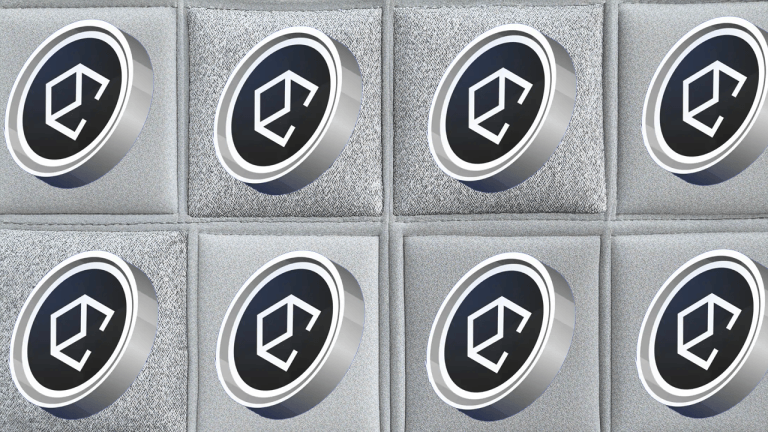





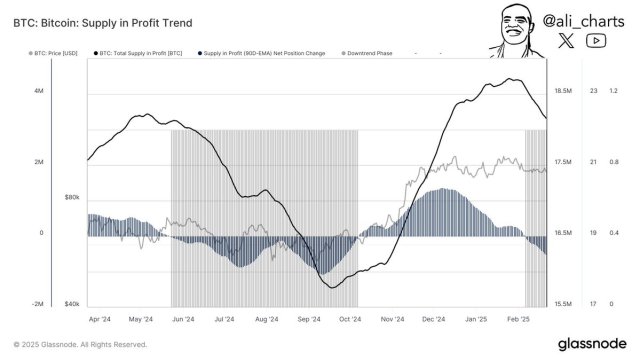
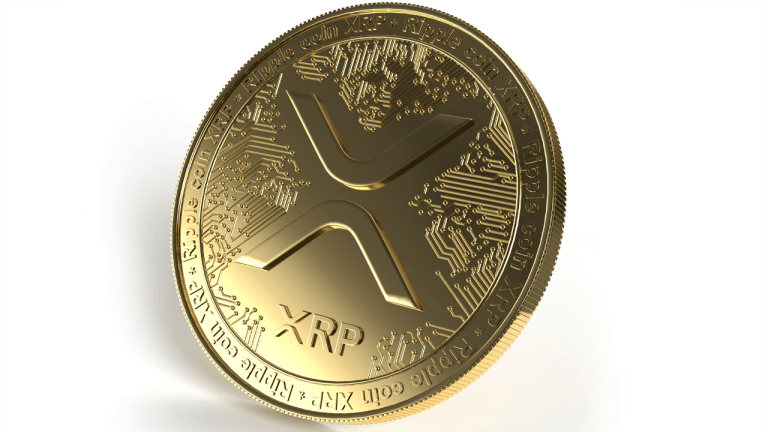




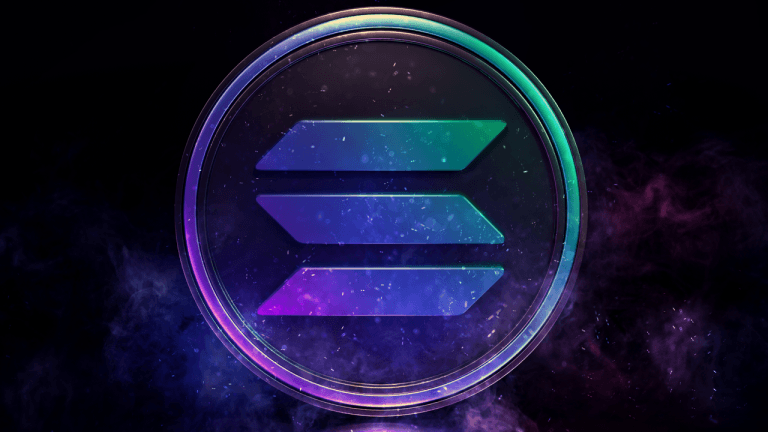


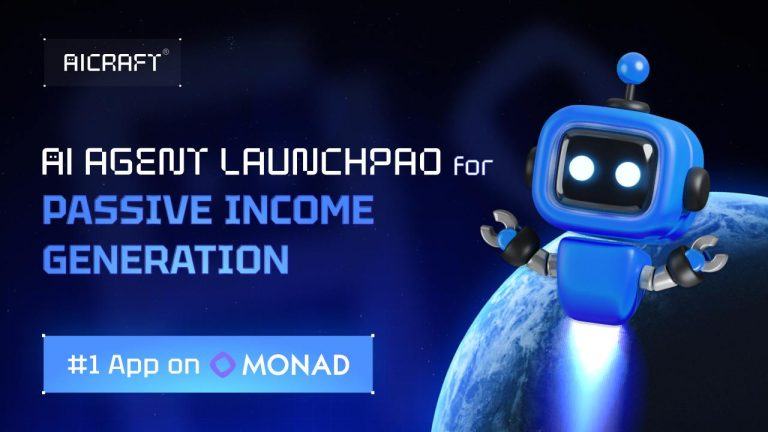

Comments